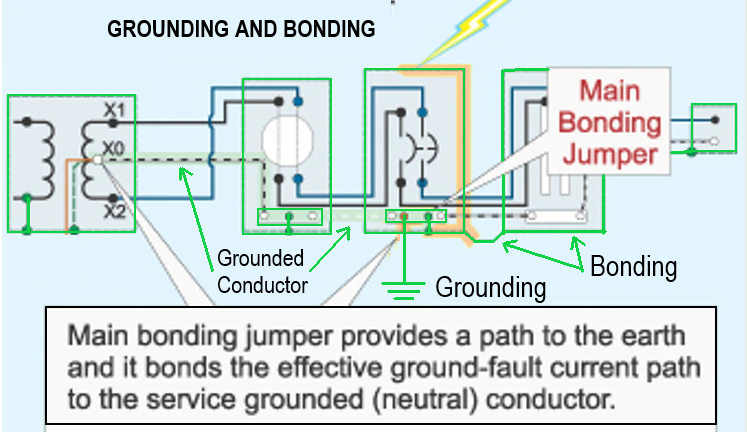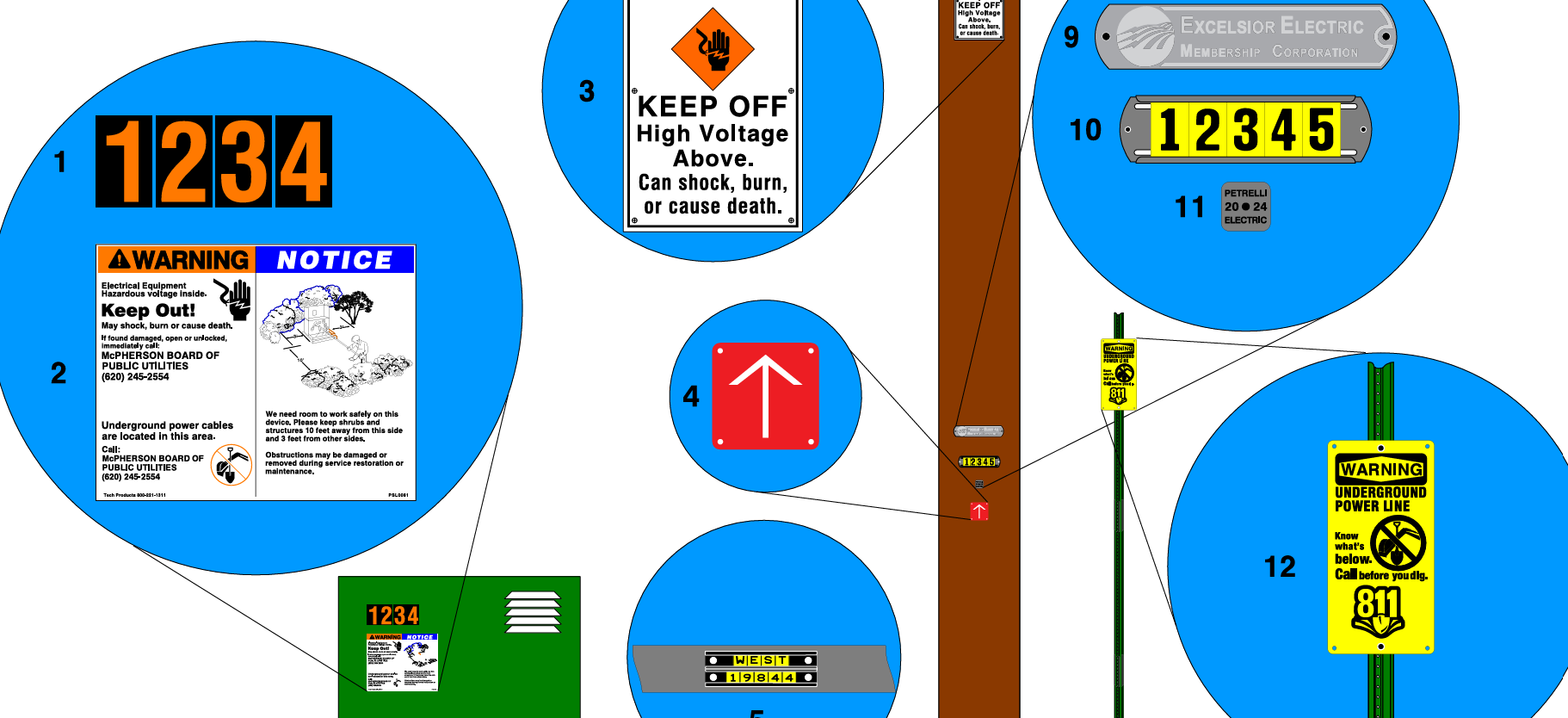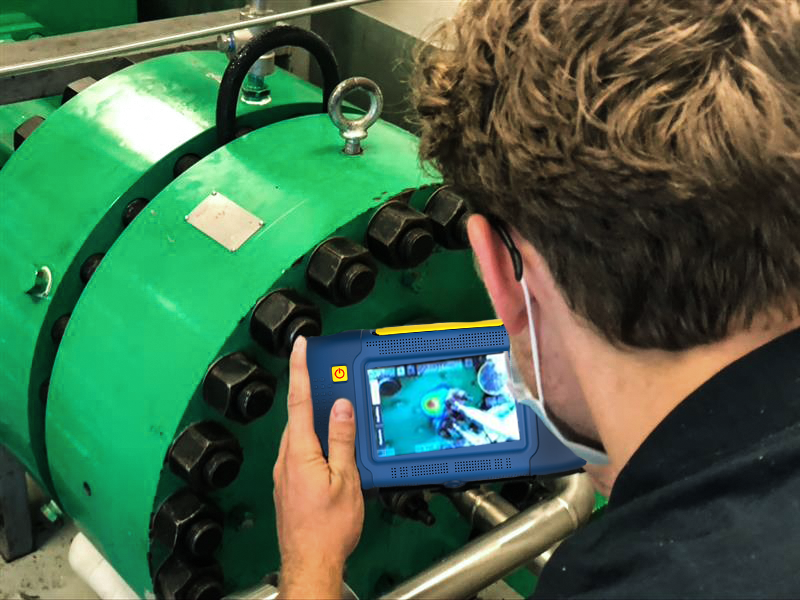IEEE 1584 Explained
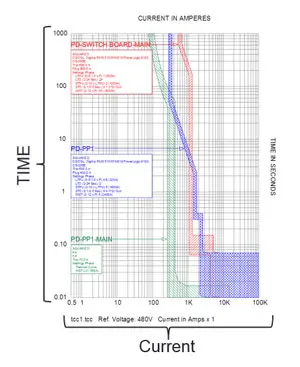
NFPA 70e Training
Our customized live online or in‑person group training can be delivered to your staff at your location.

- Live Online
- 6 hours Instructor-led
- Group Training Available
Download Our OSHA 4474 Fact Sheet – Establishing Boundaries Around Arc Flash Hazards
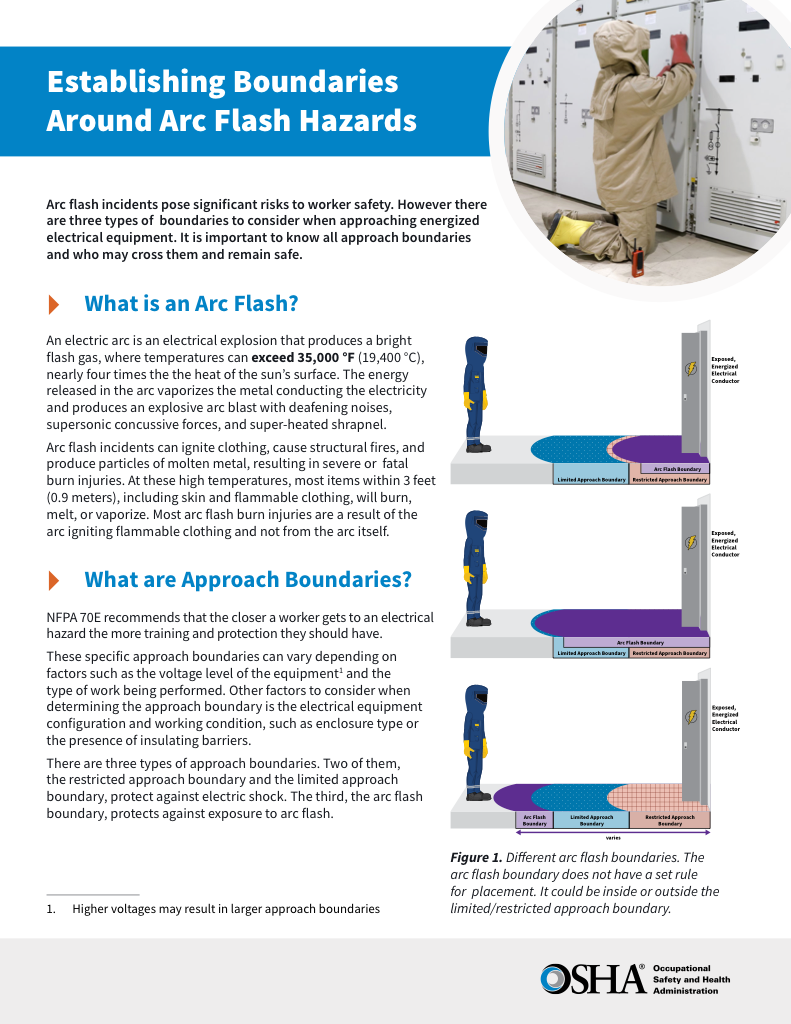
- Understand the difference between arc flash and electric shock boundaries
- Learn who may cross each boundary and under what conditions
- Apply voltage-based rules for safer approach distances
IEEE 1584 provides guidelines for arc flash hazard analysis, offering equations to calculate incident energy, arc flash boundaries, and PPE requirements. It helps improve electrical safety, NFPA 70E compliance, and risk assessment in power systems.
What is IEEE 1584?
IEEE 1584 is a standard that provides methodologies for calculating arc flash hazards in electrical systems. It aids in risk assessment and the implementation of safety measures.
✅ Defines equations for calculating arc flash incident energy and boundaries
✅ Supports NFPA 70E compliance and electrical safety programs
✅ Guides risk assessment, PPE selection, and hazard mitigation strategies
IEEE 1584-2018, titled "IEEE Guide for Performing Arc-Flash Hazard Calculations", offers a detailed framework for evaluating arc flash hazards in electrical power systems. It encompasses procedures for calculating incident energy levels, determining arc flash boundaries, and specifying appropriate personal protective equipment (PPE) requirements. The standard applies to three-phase systems operating at voltages ranging from 208 V to 15 kV, covering 50- or 60 Hz frequencies. See our arc flash guide for a clear overview of arc fundamentals.
A flash hazard calculation study is essential for ensuring electrical safety and compliance. The IEEE Guide for Performing Arc Flash Hazard Calculations Study, in accordance with IEEE 1584, serves as a comprehensive guide for the specification and execution of such studies. It outlines requirements for an arc flash analysis, including detailed scope and deliverable requirements that must be defined at the outset. Proper specification of scope ensures accurate modelling of the system and selection of appropriate personal protective equipment. The study also evaluates each overcurrent protective device to determine its role in mitigating arc flash energy and informs design improvements.
Test Your Knowledge About Arc Flash!
Think you know Arc Flash? Take our quick, interactive quiz and test your knowledge in minutes.
- Instantly see your results and score
- Identify strengths and areas for improvement
- Challenge yourself on real-world electrical topics
What Does It Cover?
IEEE 1584, known as the IEEE Guide for Performing Arc Flash Hazard Calculations, is a standard that outlines the methodologies for conducting arc flash analysis. It covers various aspects, including calculating methods for determining incident energy, arc flash boundaries, and the necessary personal protective equipment (PPE) to ensure worker safety. The standard considers factors such as bolted fault conditions, electrode configuration, and enclosure size, providing a detailed framework for assessing arc flash hazards.
The standard outlines a systematic approach for conducting arc flash hazard analyses, including:
-
Incident Energy Calculations: Determining the thermal energy released during an arc flash event.
-
Arc Flash Boundary Determination: Establishing safe working distances to prevent injury.
-
PPE Selection: Identifying appropriate protective gear based on calculated energy levels.
Key factors considered in these calculations include system voltage, available fault current, electrode configurations, conductor gap distances, and enclosure sizes. To understand the importance of proper hazard analysis, refer to our arc flash study page.
Key Changes in the 2018 Edition
The 2018 revision of IEEE 1584 introduced significant updates to enhance the accuracy and applicability of arc flash hazard assessments:
1. Introduction of Five Electrode Configurations
The standard now recognizes five distinct electrode configurations, reflecting more realistic fault scenarios:
-
VCB: Vertical Conductors in a Box
-
VCBB: Vertical Conductors Terminating in a Barrier within a Box
-
HCB: Horizontal Conductors in a Box
-
HOA: Horizontal Conductors in Open Air
-
VOA: Vertical Conductors in Open Air
Each configuration affects the behavior of the arc, influencing incident energy levels and arc flash boundaries.
2. Consideration of Enclosure Size
The updated model incorporates enclosure dimensions into the calculations. Smaller enclosures tend to concentrate arc energy, increasing hazard levels, while larger enclosures allow for energy dispersion. This consideration leads to more precise assessments of arc flash risks.
3. Removal of the 125 kVA Transformer Exception
Previously, systems fed by transformers rated below 125 kVA were often excluded from arc flash analyses. The 2018 revision eliminates this exception, acknowledging that smaller transformers can still pose significant arc flash hazards under certain conditions.
Performing Arc Flash Hazard Calculations
Conducting an arc flash hazard analysis per IEEE 1584-2018 involves several critical steps:
-
Data Collection: Gather detailed information about the electrical system, including voltage levels, fault currents, equipment configurations, and protective device settings.
-
System Modelling: Develop a comprehensive model of the power system to simulate potential fault scenarios.
-
Calculation of Incident Energy and Arc Flash Boundaries: Utilize the standard's equations to determine the thermal energy released and establish safe working distances.
-
PPE Determination: Based on the calculated incident energy, select appropriate PPE to protect personnel from potential arc flash injuries. For details on PPE selection tied to incident energy levels, visit our arc flash PPE resource.
-
Documentation and Labelling: Record the analysis results and label the equipment, indicating hazard levels and required PPE.
It's important to note that for bolted fault currents exceeding 106 kA (up to 600 V) or 65 kA (601 V to 15 kV), the standard's equations may yield non-conservative results. In such cases, alternative methods or additional considerations are recommended.
Integration with NFPA 70E
IEEE 1584-2018 complements NFPA 70E, which outlines the workplace's electrical safety requirements. While IEEE 1584 focuses on the technical aspects of hazard calculation, NFPA 70e provides guidance on implementing safety practices, including the use of PPE, safe work procedures, and training requirements. Together, these standards offer a comprehensive approach to managing electrical hazards and ensuring worker safety.
The 2018 edition of IEEE 1584 represents a significant advancement in arc flash hazard assessment, offering more accurate and comprehensive methodologies for evaluating and mitigating risks. By incorporating detailed system parameters, such as electrode configurations and enclosure sizes, and eliminating previous exceptions, the standard enables organizations to protect their personnel better and maintain compliance with safety regulations. For a breakdown of how NFPA 70E supports IEEE 1584 implementation, see our NFPA 70E standard page.
Sign Up for Electricity Forum’s Arc Flash Newsletter
Stay informed with our FREE Arc Flash Newsletter — get the latest news, breakthrough technologies, and expert insights, delivered straight to your inbox.






